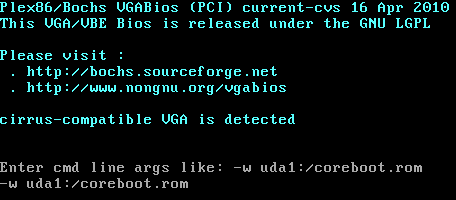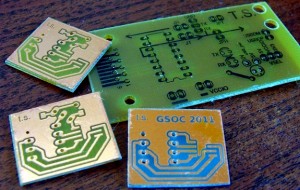This might be not a good idea, but I had got bored with my project not going well, so I eventually got on trip, through “FOSS and friends” 🙂 I have had some headache with nouveau driver, till I understood that deprecated version was installed. Tried to install a package, which got me in a geometric progression of required dependency packages 🙂 I have filed a bug for LibreOffice, and got one future TODO for “reverse enginering” how exactly CUPS works with one of the label printers we have here as it needs a slight modification. The best thing I have done is started reading a book and building “Linux From Scratch (LFS)”. It’s great while building a package you are accompanied with a short page of info about it, not all manual 🙂 Also I have found out that I don’t have good stuff to read, except that 1k pages book about Linux internals 🙂 While looking at the freenode chatrooms list I have found this resource about c language: http://www.iso-9899.info – all it needs is time for reading everything 🙂
My project progress is really slow. As Marc suggested I have done some work to reduce stack usage: wrapped functions to read and use file by 256B peaces (somewhat default granularity). But that still needs testing and cleaning up. Also I need to cleanup my previous work that I haven’t submitted to the list, which enabled running code in car (even though not completely working, as mtrr settings might be wrong or more problems still there).



